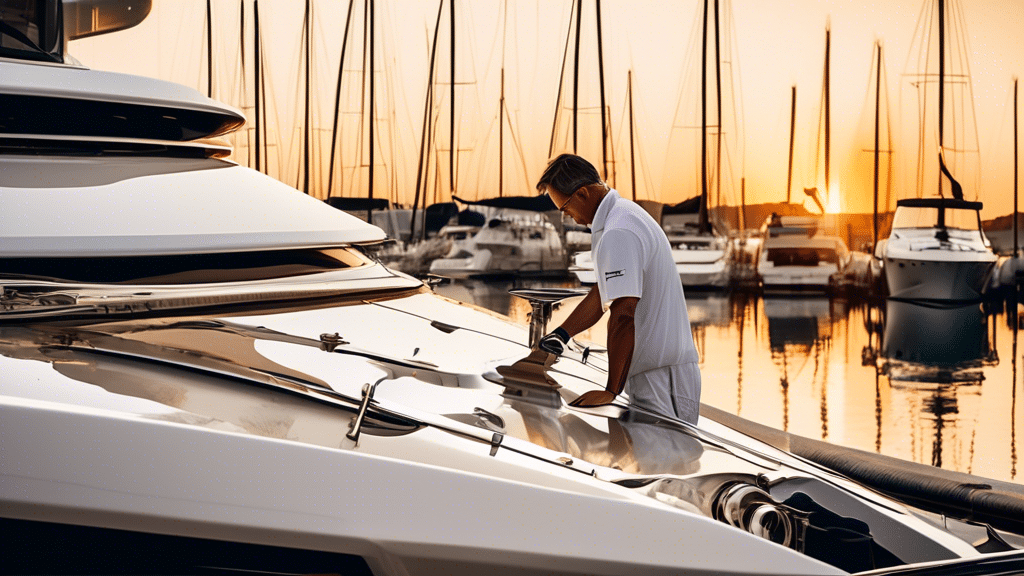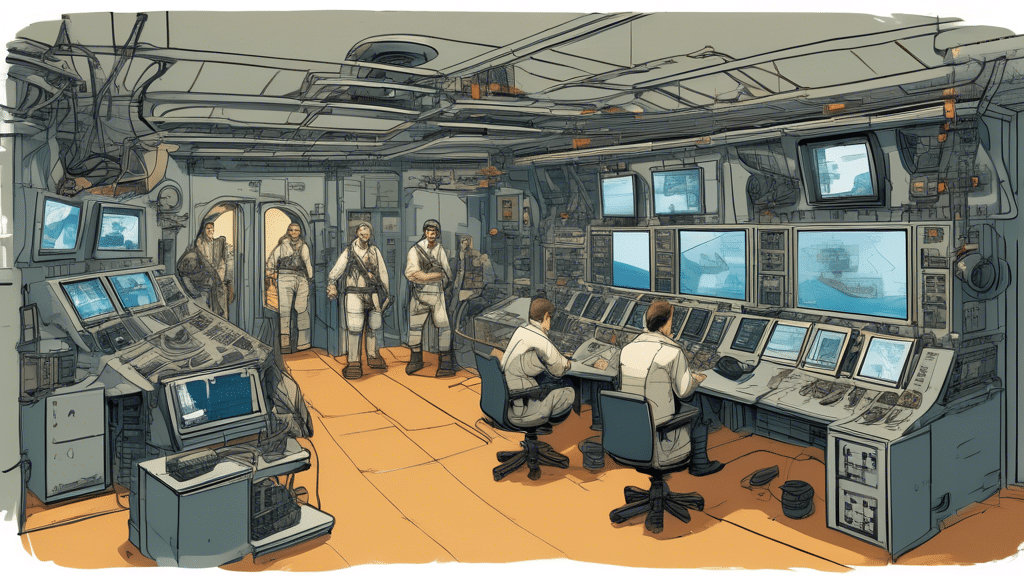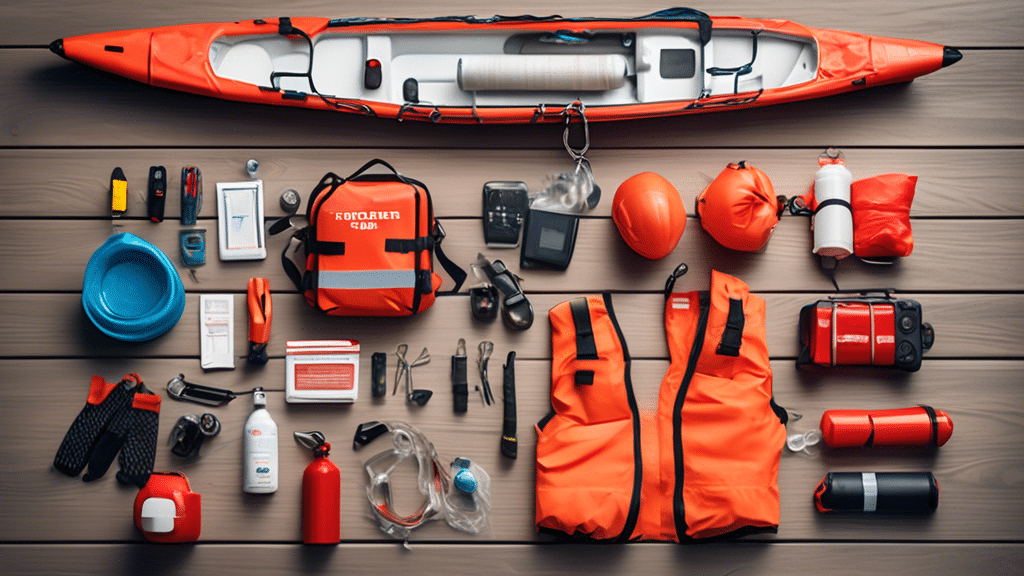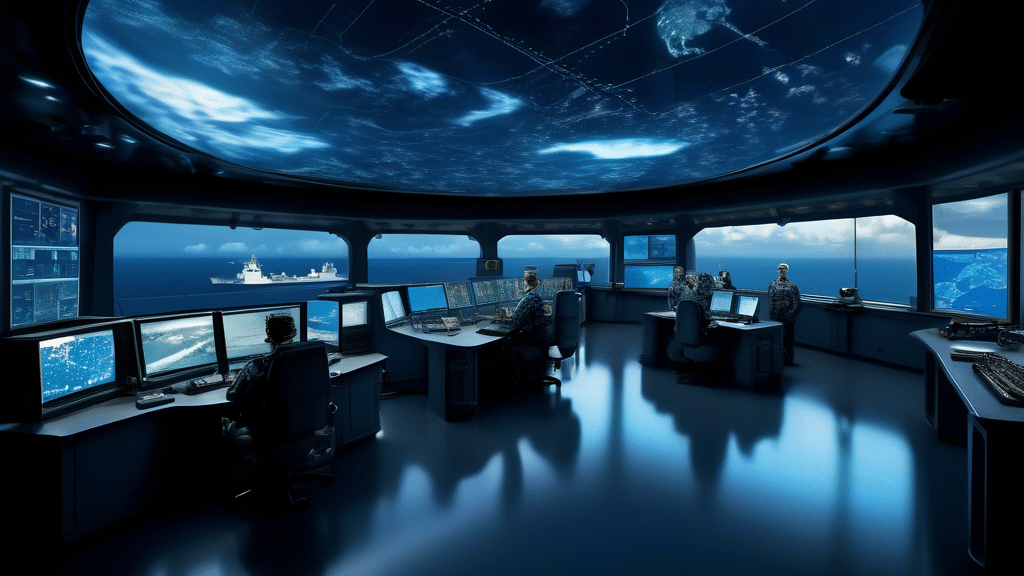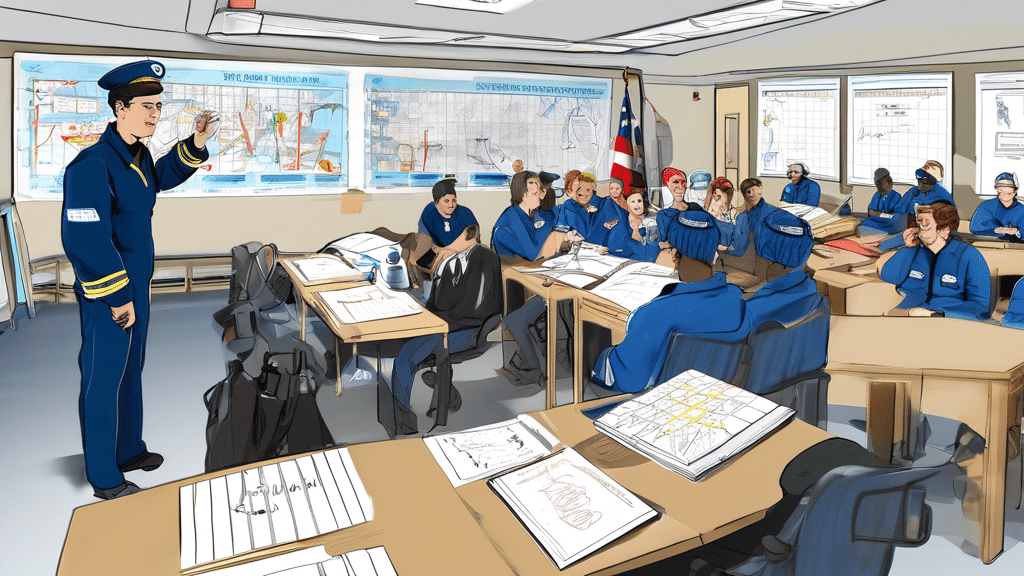Maritime piracy has long been a formidable threat to global trade and security, stretching back to the days of swashbuckling buccaneers and privateers. In the modern era, the menace has evolved, with sophisticated, heavily armed pirates targeting commercial vessels in key shipping lanes, such as the Gulf of Aden, the Strait of Malacca, and the waters off the coast of Somalia. As the tactics of seafaring marauders have advanced, so too has the imperative for robust anti-piracy defenses to protect crew, cargo, and vessels from potential hijackings and ransom situations. One of the standout strategies in this ongoing battle is the implementation of a citadel—a meticulously designed and fortified safe room aboard ships, serving as a last line of defense against pirate incursions.
A citadel is more than just a reinforced chamber; it is a strategic innovation that incorporates advanced security measures, communication systems, and essential supplies, enabling crew members to seek refuge and maintain control over the vessel while awaiting rescue. The development and deployment of citadels have proven to be effective deterrents, often thwarting pirate attacks and safeguarding lives. Through a series of compelling case studies and real-world applications, the success stories of citadels illustrate their pivotal role in modern maritime defense, offering valuable insights and lessons for further enhancing shipboard security measures. Understanding the intricacies of this defense mechanism not only underscores the importance of preparedness in the face of piracy but also highlights the persistent need for strategic innovation in global maritime security.
Introduction to Anti-Piracy Defense Strategies
Overview of Maritime Piracy: Historical Context and Modern Threats
Maritime piracy has been a bane for seafaring nations since antiquity. The earliest records trace back to ancient Greek and Roman times, where pirates menaced the Mediterranean trade routes. This persistent threat re-emerged with significant force during the so-called Golden Age of Piracy in the 17th and early 18th centuries when buccaneers, privateers, and rogues prowled the Caribbean Sea and the Atlantic Ocean.
In the modern era, piracy has evolved but has not diminished. Present-day hotspots such as the Gulf of Aden, the Somali coast, the Strait of Malacca, and the Gulf of Guinea are infamous for high piracy rates, echoing the tumultuous history of their ancient predecessors. Today, pirates employ speedboats, firearms, and sophisticated navigation equipment, making their attacks more deadly and coordinated.
The complexity now includes organized crime syndicates that bring sophistication and increased danger to maritime activities. Pirates are no longer just raiders seeking treasure; they take hostages for ransom, hijack vessels for cargo theft, and even use hijacked ships as mother ships for further attacks. These modern threats disrupt international shipping lanes, endanger the lives of sailors, and escalate maritime insurance costs.
Importance of Robust Anti-Piracy Measures for Global Maritime Security
The ongoing threat of piracy necessitates a multi-layered and robust approach to maritime security. With over 90% of the world’s trade transported via sea routes, ensuring the safety and security of these passages is crucial. Unchecked piracy can destabilize regional economies, inflate shipping costs, and cause significant human suffering, highlighting the dire necessity for comprehensive anti-piracy measures.
Various strategies have been developed to counter piracy, ranging from naval patrols and escorts to onboard security teams. The coordination among international naval forces with intelligence-sharing and rapid-response capabilities is crucial in high-risk areas. Technological advancements like satellite tracking, automated identification systems (AIS), and secure communication networks play a pivotal role in early threat detection and response.
Adopting best management practices (BMPs) is another key measure, involving operational protocols like increasing speed in piracy-prone areas, utilizing safe corridors, conducting crew drills, and implementing evasive maneuvers. Ship hardening techniques such as the installation of barbed wire and water cannons around the vessel’s perimeter also provide additional deterrence against boarding attempts.
Fortunately, advances in modern defense strategies have shown tangible results. Statistics from recent years indicate a gradual decline in successful piracy attacks due in part to these proactive defenses. Yet, the never-ending evolution of pirate tactics means that constant vigilance and adaptation are necessary. Hence, specialized measures like the establishment of a Citadel or safe room on board ships have emerged as a critical component of anti-piracy defense strategies, providing a sanctuary for crew members during an attack.
https://www.virtualmaritime.academy/vma-courses/
The Citadel: Mechanics and Effectiveness
Definition and Structure of a Citadel: Purpose-built Safe Room
In the realm of maritime security, the concept of the citadel stands out as a pivotal anti-piracy defense strategy. A citadel is essentially a fortified safe room on a vessel, designed explicitly to protect crew members during a pirate attack. The primary purpose of the citadel is to provide a secure location where crew can retreat and remain safe until help arrives, significantly reducing the risk of hostage-taking or harm.
A citadel is far more than just a locked room. It is a purpose-built, reinforced area equipped with essential life-support resources. This includes secure communication equipment to alert and coordinate with naval forces, ensuring that the location and situation of the vessel are known in real-time. The walls and doors are constructed to be impenetrable, using materials that can withstand forced entry attempts by pirates armed with weapons and tools. Moreover, the citadel should contain sufficient food, water, medical supplies, and ventilation systems to sustain the crew for an extended period if necessary.
Another critical feature of the citadel is its redundancy in power and communication systems. To prevent pirates from disabling these, the citadel’s systems are often independent from the rest of the ship’s power grid. This autonomy ensures that crew members inside can maintain operational communications and environmental controls, even if other parts of the vessel are compromised.
Case Studies and Real-World Applications: Success Stories and Lessons Learned
Over the years, numerous case studies highlight the effectiveness of citadels in thwarting pirate attacks and ensuring the safety of maritime crews. These real-world applications demonstrate the practical benefits and critical lessons that can be drawn to improve future implementations.
One notable success story is the Maersk Alabama, famously known for the hijacking incident that inspired the movie Captain Phillips. In 2009, Somali pirates boarded the vessel, but the crew had undergone prior training and had a citadel in place. While Captain Richard Phillips was taken hostage, the rest of the crew secured themselves in the fortified room. Their ability to reach and stay within the citadel ultimately bought enough time for U.S. Navy forces to intervene, leading to Captain Phillips’ dramatic rescue and the crew’s safety.
Another significant example is the case of the MV ARCTIC SEA, a cargo ship attacked in 2009. The vessel’s crew followed protocols by retreating to the citadel, maintaining communication with NATO naval forces, which were eventually able to track and intercept the pirates. This incident underscores the citadel’s critical role in enabling timely military response and resolution.
Further evidence of the citadel’s effectiveness is seen in the 2011 hijacking attempt on the tanker Petro Ranger. The crew successfully barricaded themselves in the citadel, cutting off all access to the pirates. With secure communication lines intact, they transmitted distress signals and coordinated with nearby naval forces. The pirates, after failing to breach the citadel, abandoned their efforts and fled when they realized help was imminent.
These examples are not just isolated incidents, but part of a larger trend that demonstrates how well-prepared crews and robust citadels can significantly reduce the risk of successful hijackings. They also highlight critical lessons for future applications:
1. **Adequate Training for Crews**: It is not enough to have a citadel; the crew must be thoroughly trained to utilize it effectively. Regular drills and clear protocols ensure swift and orderly retreats during real emergencies.
2. **Proper Resource Stocking**: Citadels must be equipped with sufficient supplies to sustain life and maintain morale during potentially long stand-offs. This includes water, food, first-aid kits, and sanitation facilities.
3. **Redundant Communication Systems**: Maintaining the ability to communicate is crucial. Citadels must have multiple communication options, such as satellite phones and radios, to ensure contact with naval forces and coordination centers.
4. **Constant Vigilance and Preparedness**: The effectiveness of a citadel can be compromised if the entry is delayed or if the crew is caught off-guard. Constant vigilance and readiness to deploy citadel protocols is essential for maximizing security.
By learning from these real-world applications, maritime security professionals can refine and enhance citadel designs, contributing to more effective anti-piracy defense strategies in the future.
Understanding the mechanics and effectiveness of citadels not only underscores their importance in maritime security but also offers valuable insights into engineering safety at sea. As piracy continues to threaten global maritime trade, leveraging such proven strategies is vital in protecting vessels, cargo, and, most importantly, human lives.
In conclusion, the citadel stands out as a crucial element within the broader framework of anti-piracy defense strategies. Throughout history, maritime piracy has posed a significant threat to international shipping routes, necessitating the evolution of robust measures to safeguard vessels and crews. In modern times, the implementation of citadels—secure, purpose-built safe rooms—has proven to be a formidable defense mechanism against pirate attacks.
The effectiveness of citadels lies in their meticulous design and strategic functionality. These fortified spaces are equipped to sustain life and communication, enabling crew members to remain safe while awaiting rescue. Real-world applications and case studies underscore the citadel’s success, with numerous accounts of thwarted pirate attacks due to the swift refuge found within these safe rooms. The lessons learned from these instances highlight the citadel’s role not only in safeguarding human lives but also in preserving valuable cargo and ensuring the continuity of global maritime commerce.
Ultimately, the citadel represents more than just a technical solution; it embodies a strategic approach that integrates human resilience with advanced preparedness. As piracy continues to evolve, the adaptation and enhancement of citadel designs will remain a vital aspect of maritime defense, underscoring the importance of proactive and innovative measures in securing the high seas.
https://www.virtualmaritime.academy/vma-courses/


